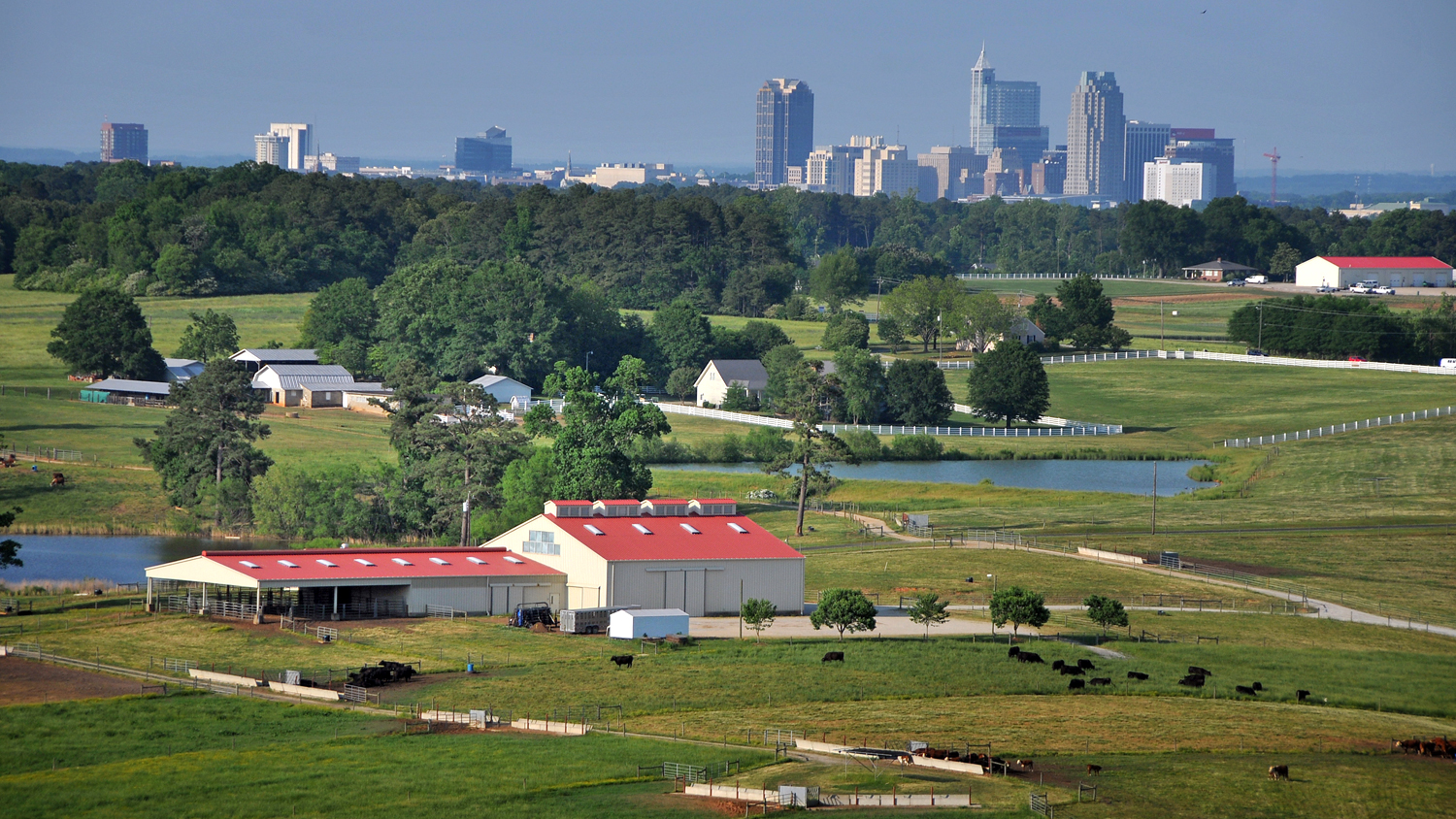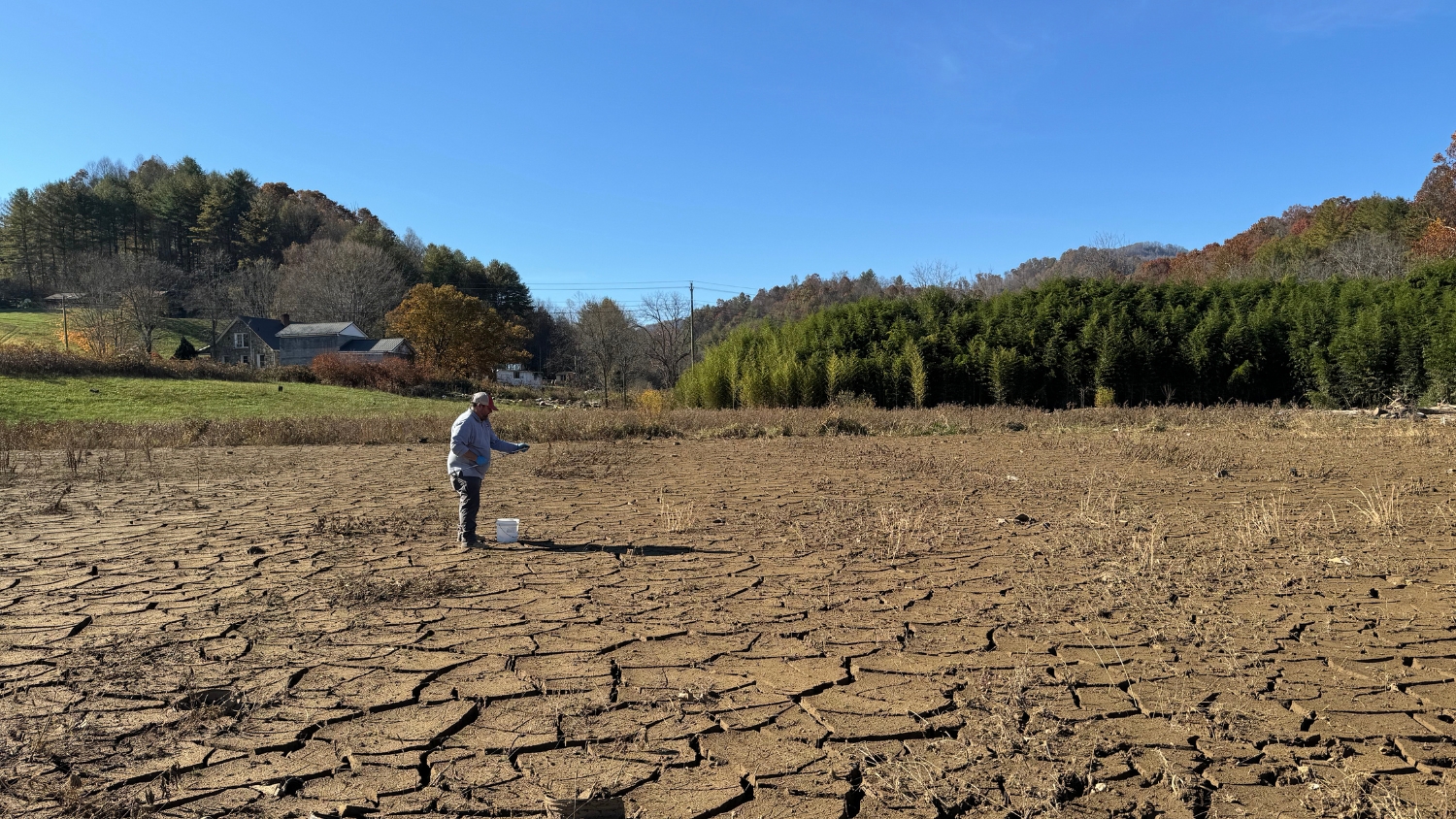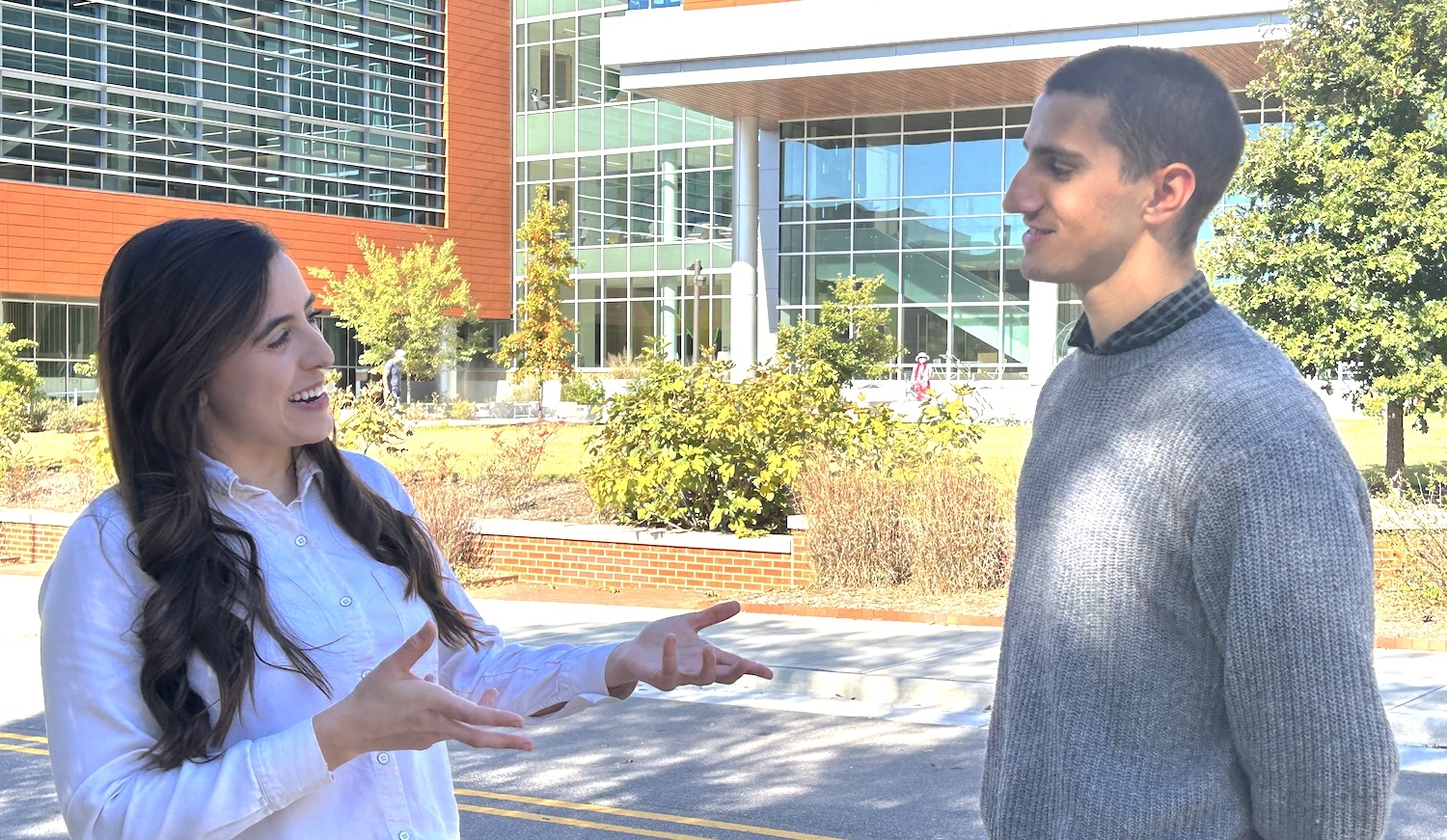You Decide: What Should Be North Carolina’s Economic Agenda?

By Dr. Mike Walden
A new year is always a good time to assess where we’ve been and where we’re going. Each year I want to lose fat and gain muscle. I’ve given up on growing hair!
An economic assessment of our state is also useful to do for a new year. After the economic devastation brought by the Great Recession, North Carolina’s economy has rebounded and gains have been made in jobs, production and income. However, just as in the nation, these improvements have been relatively modest by historical standards, and the gains have not been shared by every person and every locality in the state.
I think most North Carolinians have reasonably straightforward economic goals – for an economy that allows people and businesses to prosper, and which causes prosperity to occur across the state.
Due to forces largely beyond our state’s control, these goals have been difficult to achieve in recent decades. Good-paying jobs are requiring more education, leaving individuals who have stopped their education at high school or less out in the cold. At the same time, globalization and technology have taken away many middle-paying jobs – such as in manufacturing – which workers used to be able to do without going to college. Plus, the new industries developed in the state in the last half century – in technology, pharmaceuticals and finance – have mainly expanded in metropolitan areas. As a result, rural areas have seen their best and brightest move to the big cities.
So the economic challenges are big for North Carolina, and addressing those challenges will take both commitment and time. I certainly don’t have all the answers, but based on my almost 40-year study of the North Carolina economy, here are my current ideas.
There are two essential ingredients to growing the economy – innovation and improved worker productivity. Innovation is the discovery and implementation of new and better ways of using our limited resources to both meet societal needs and expand our opportunities. Improved worker productivity is then required to use the innovations and – importantly – for workers to be paid at a higher rate for applying those innovations to the economy.
This perspective means North Carolina should do all it can to be an “entrepreneurial state” – that is, a state that encourages risk-taking and idea development. But innovation can’t be directed by the state. The essence of innovation is that it usually happens by surprise and chance. Still, the state can redouble its efforts to make sure its tax policies and spending policies – particularly for community colleges and universities – include a goal of supporting innovation.
Improving worker productivity involves education and skill development. There’s a “twofer” when this happens. Businesses are attracted to states and regions where the workers have the skills and training needed by firms. Plus, innovative businesses, especially, pay more to appropriately trained workers who can convert the innovations into profitable ventures.
Therefore, just as with innovation, North Carolina needs to reinforce its efforts to maximize the talents, skills and capabilities of its current and future workforce. At the K-12 level, this means recognizing individual students have different aptitudes and interests, learning styles and challenges. A variety of teaching and learning techniques, student support services and fields of study – including both academic and technical fields – should be available for each student to reach his and her potential.
Adjustments are also needed at the community college and university levels. Economists expect the occupational structure of the workforce to change at an accelerated pace in coming decades. This means many current occupations will be shrinking and new ones growing at a more rapid rate than in the past.
Higher education will have to rapidly adapt their curriculum and programs to this re-mixing of jobs. The institutions will also have to accommodate more mature, mid-career students than in the past. Last, both to address these changes as well as to contain costs, colleges and universities will need to train students more rapidly and efficiently, which likely means a greater use of technology in teaching.
Rural and small town areas of North Carolina that have been bypassed by economic growth cannot turn themselves into fast-growing urban areas. Instead, they must focus on attracting industries and businesses where they have an advantage compared to metro centers.
With world diets changing, international tourism increasing and the retiring “baby-boomer” generation expanding, there are opportunities for rural areas in farming and agribusiness, international tourism and retiree residential development. Also, for any manufacturer or distributor needing a large acreage site, a rural location makes the most economic sense. A rural revival based on these strategies has a potential payoff.
A new year often brings optimism and hope. As 2017 dawns, we can think about where North Carolina’s economy is and where we want to take it. You decide what agenda will move the state’s economy forward so that 2017 will, indeed, be a Happy New Year!
Walden is a William Neal Reynolds Distinguished Professor and Extension Economist in the Department of Agricultural and Resource Economics at North Carolina State University who teaches and writes on personal finance, economic outlook, and public policy.


